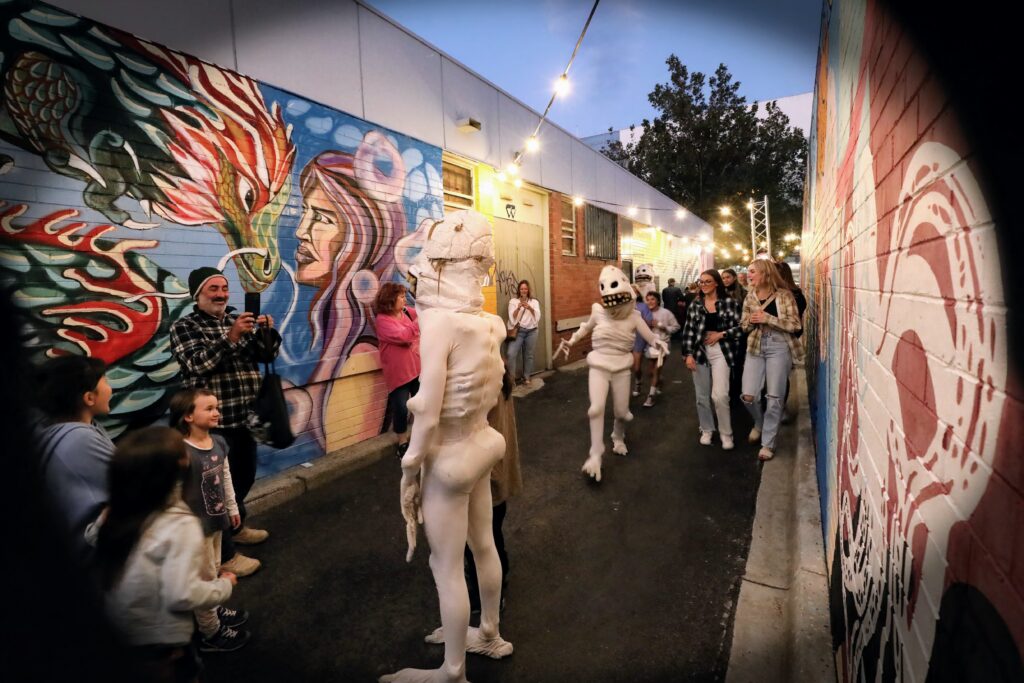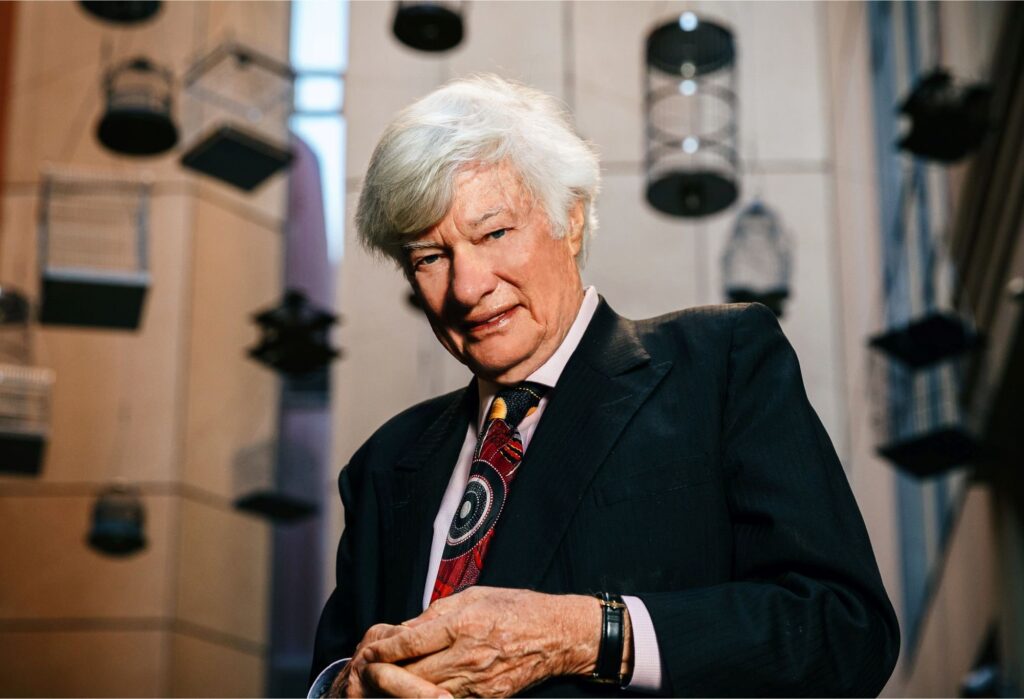Everyone knows that “based on a true story” in no way means that everything in a film is true. But American Sniper, which is based on the memoir of real-life US SEAL sniper Chris Kyle, is in the difficult position of being faithful to a book that, by at least some accounts, is not 100 per cent accurate about Kyle’s war service. Not that anyone doubts Kyle (played here by a beefed-up Bradley Cooper) wasn’t America’s deadliest sniper, with director Clint Eastwood doing an excellent job of wringing out the tension from Kyle’s rooftop job watching for threats to the men at street-level.
His background, sketched in via flashback, is fairly straightforward, too: with a tough dad and a religious upbringing, Kyle grew up to be a bit of a drifter, working as a cowboy across Texas until 9/11 inspired him to join up and put his hunting skills to good use. And looked at one way, much of the Iraq war material here – Kyle facing off against a mysterious enemy sniper known only as ‘Mustapha’, Kyle leading door-to-door searches because his expertise can save lives, Kyle forming a unit that drove around wearing the logo of comic book character The Punisher, Kyle killing dozens of enemy troops in pitched battle, Kyle hunting a drill-wielding enemy enforcer – can be taken as fairly straightforward Hollywood war movie stuff. But there’s just enough doubt around the edges (when Kyle claims a round of killings has to be the work of one of his arch enemies, his superior officer merely says “he’s whoever you like, as long as it gets the job done”) to allow a different reading: that Kyle had to see his war as an action movie to cope with the daily grind of (perhaps) having to gun down women and children to save lives.
Highlighting this is the contrast with his home life, where his wife (played by Sienna Miller) has to deal with an increasingly twitchy and erratic partner. As a war movie it’s less gripping than many, and as a psychological portrait it still feels like a lot of the rough edges are filed off. But in the spaces between the two, this has something interesting to say about how some men see war, and how they may not see it clearly.
Recommended

Kick off the long weekend and support local makers at the Piccadilly Night Market tonight

Frankston's spectacular Big Picture Fest returns, elevating street art to global prominence

How do we fix a turbulent world? Renowned legal luminary Geoffrey Robertson will unravel our global issues live on stage

World-class wrestling entertainment is coming to Ballarat with Oceania Pro Wrestling's 'Gold Rush'

The stunning Tesselaar KaBloom Festival of Flowers returns to Dandenong Ranges
